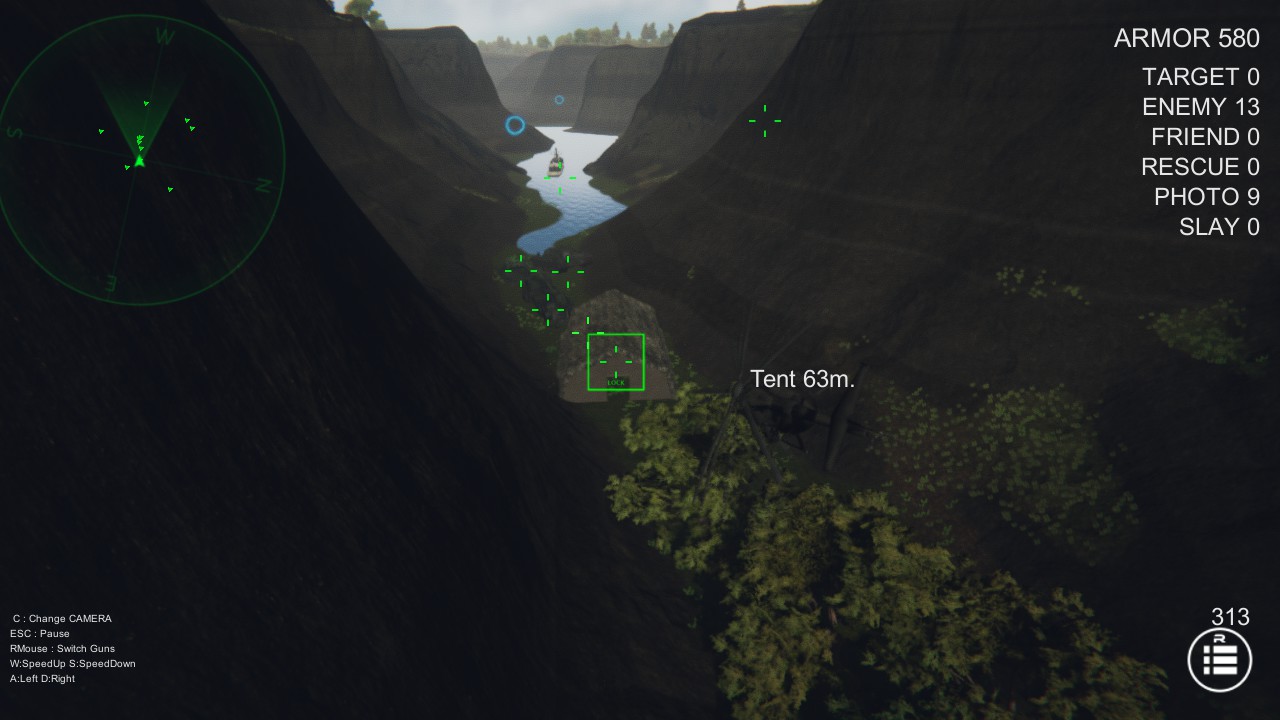

In mid-1968, even the gunship-hungry Seventh Air Force in Saigon openly questioned whether the AC-119G should even be allowed into combat. The addition of an AC-119K squadron did little to alleviate Air Force apprehension over the all-piston AC-119G model. The AC-119G Shadow replaced the AC-47D, which was earmarked for the South Vietnamese air arm, and the AC-119K Stinger joined the AC-130A/E Spectre in attacking road traffic through southern Laos. As a result of Secretary Brown's views, a mixed force of gunships took shape. To attack the logistics complex, he proposed a faster, higher-flying gunship, based on the C-119K, which had two auxiliary jet engines mounted in pods beneath the wing to improve performance. Prior to the successful combat test of the AC-130A in December 1967, Secretary of the Air Force Harold Brown intended to use the C-119G as the basis for a gunship to replace the AC-47, even though the lumbering AC-119G, like the earlier gunship, could not to survive over defended portions of the Ho Chi Minh Trail. At the time, Secretary Brown insisted on the development of an AC-119, for he opposed the diversion of additional C-130s from transport duty, a position he clung to until Gunship II demonstrated its worth in Southeast Asia. Acquisition of the elderly C-119, he believed, would further complicate the already difficult problems of maintenance and logistics that his organization faced. General Momyer, then in command of the Seventh Air Force, immediately objected to the introduction into Southeast Asia of yet an another aircraft, like the different variants of the C-47, that he considered obsolete. The question of modifying the Fairchild transport for this purpose first surfaced in June 1967, at about the time the Gunship II was undergoing its initial testing at Eglin Air Force Base, Florida. While Gunship II, based on the C-130A, took shape, Secretary Brown persisted in his plan to convert the older and slower C-119 into a gunship.

Later, in February 1968, he relented somewhat by approving a mixed AC-119G/K fleet, with 16 of each type in 2 squadrons and an additional 10 of each type to absorb attrition losses. Overriding strong Air Force concerns in June 1967, Secretary of the Air Force Harold Brown, citing modification costs and deployment delays, had chosen to go with the AC-119G model as the AC-47 replacement. In the end, both aircraft were evaluated under Projects Gunship II (C-130) and Gunship III (C-119). While the advantages of the latter over the former were clear to all involved, the cost of diverting scarce C-130 resources for gunship duty would severely penalize the already overtaxed airlift forces.
GUNSHIP III CONTROLS MAC FULL
In 1967, a full two years before the final AC-47D mission by the USAF was flown in December 1969, the field had been narrowed to either the 1950s-vintage, twin-engined C-119 Flying Boxcar, or the newer, 4-engined C-130A Hercules. As a result, the US Air Force decided to explore the potential of expanding the gunship concept to other available airframes.

Though rugged and reliable, the AC-47D was not readily capable of being fitted with the new generations of sensors and other equipment being developed. Although the resulting AC-47D from Gunship I was a success, it was clear that that the aircraft was of limited capability.


 0 kommentar(er)
0 kommentar(er)
